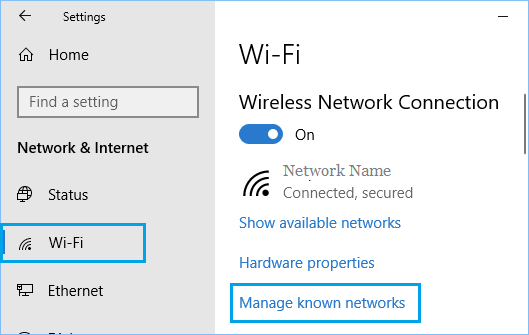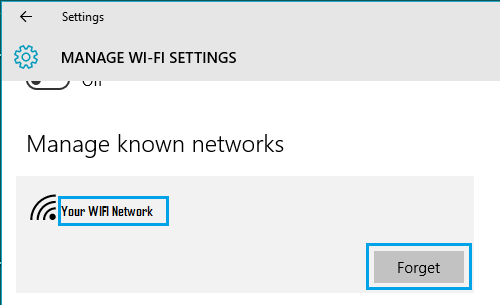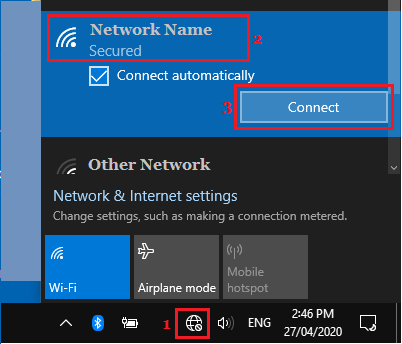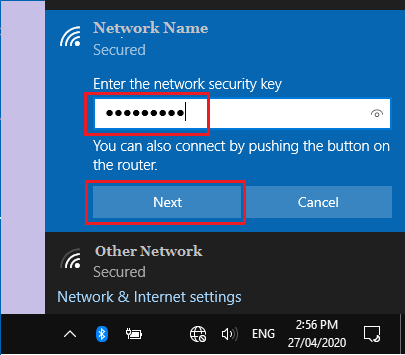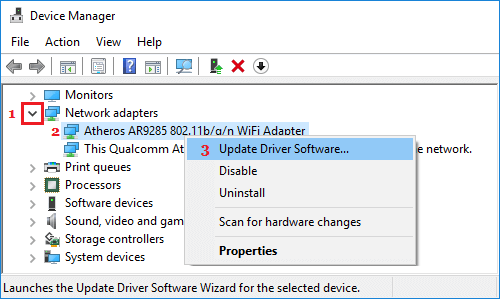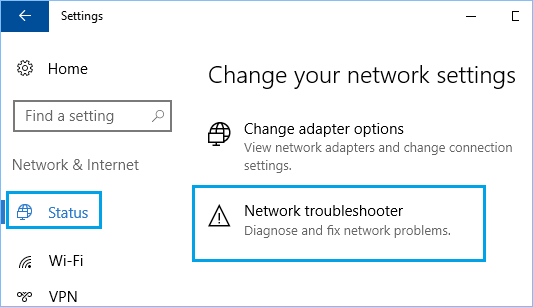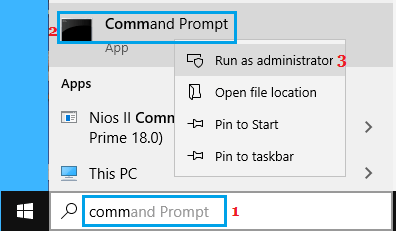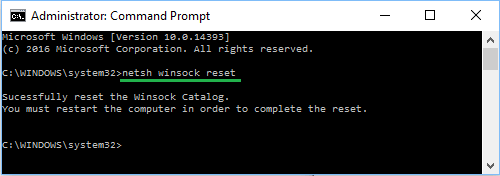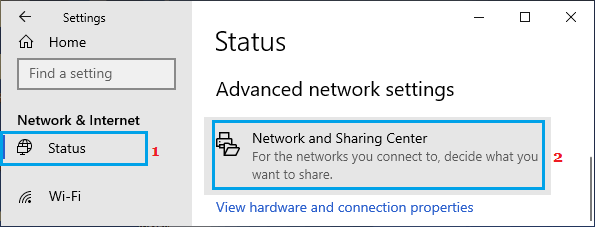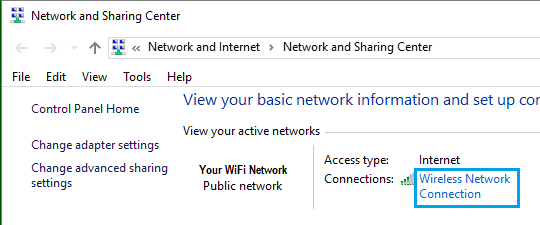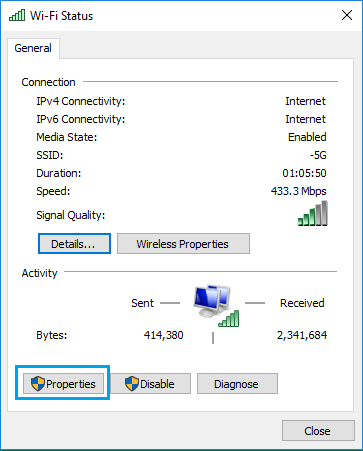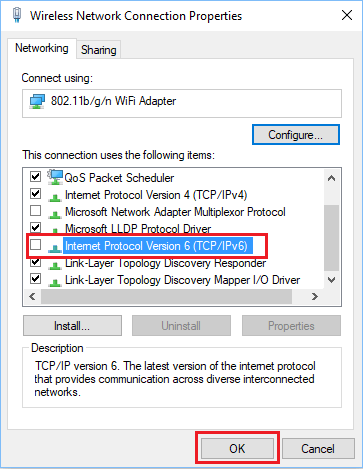Can’t Connect to This Network Error in Windows 10
In general, Windows Can’t Connect to This Network Error is mostly due to Drivers for the Network Adapter on your computer becoming outdated or getting corrupted. While this error usually appears after changing WiFi Password and while trying to connect to WiFi Network, it can also occur at any other time due to a variety of reasons. If Updating Network Drivers does not help in fixing the problem, you should be able to fix the problem by using troubleshooting Commands and other methods as provided below.
1. Forget Network & Join Again
The simplest way to fix this problem is to forget the Network that is bothering you with problems and then rejoin the Network.
Go to Settings > Network & Internet > Select the Network (WiFi or Ethernet) that is having problems in the left-pane. In the right-pane, click on Manage Known Networks option.
On the next screen, select your WiFi Network and click on the Forget button.
After this, click on the Network Icon in Taskbar > select your Network and click on Connect.
Note: If you cannot find the network icon in the Taskbar refer to this guide: How to Fix Network Icon Missing From Taskbar in Windows 10 4. Next, enter your WiFi Network Password and click on the Next button.
Note: On some Routers, you can also connect by pressing the connect button.
2. Update Network Adapter Drivers
If you are unable to connect to the Network using the first method, the problem might be due to the Network Adapter Drivers not being updated.
- Right-click on the Start button and click on Device Manager.
- On Device Manger Screen, expand Network Adapters entry > right-click on the WiFi Adapter and click on Update Driver Software option.
Tip: If you see multiple entries, look for something that has Network, 802.11b or WiFi in it. 3. On the next screen, select Search automatically for updated driver software option and follow the on-screen prompts to install updated driver software (if available).
3. Run Network Troubleshooter
Windows 10 comes with its own Network Troubleshooter, which can be trusted to fix network connectivity problems.
Go to Settings > Network & Internet > select Status in the left-pane. In the right-pane, scroll down and click on Network Troubleshooter option.
Wait for Windows to diagnose and fix connectivity problems on your computer.
4. Run Network Troubleshooting Commands
If above steps did not help, you should be able to fix the problem by running Network troubleshooting commands using Command Prompt.
Type Command Prompt in the Search bar > right-click on Command Prompt in the search results and click on Run As Administrator option.
In Command Prompt window, type netsh winsock reset and press the Enter key.
Similarly, run netsh int ip reset > ipconfig /release > ipconfig /renew and ipconfig /flushdns Commands. 3. Close the Command Prompt window and Restart the computer. Now, see if you are able to connect to internet, without encountering any error messages.
5. Disable IPv6
On certain computers, disabling IPv6 is known to fix network connectivity problems.
Go to Settings > Network & Internet > select Status in the left-pane. In the right-pane, scroll dow and click on Network and Sharing Center.
On Network and Sharing Center, double-click on on your Network Name.
On the next screen, click on the Properties button.
On Network properties screen, uncheck the option for Internet Protocol Version 6 (TCP/IPv6) and click on OK to save the setting.
After disabling IPv6, Restart the computer to apply this change.
Windows 10 Not Connecting to WiFi Automatically How to Hide/Block WiFi Networks in Windows 10/11

